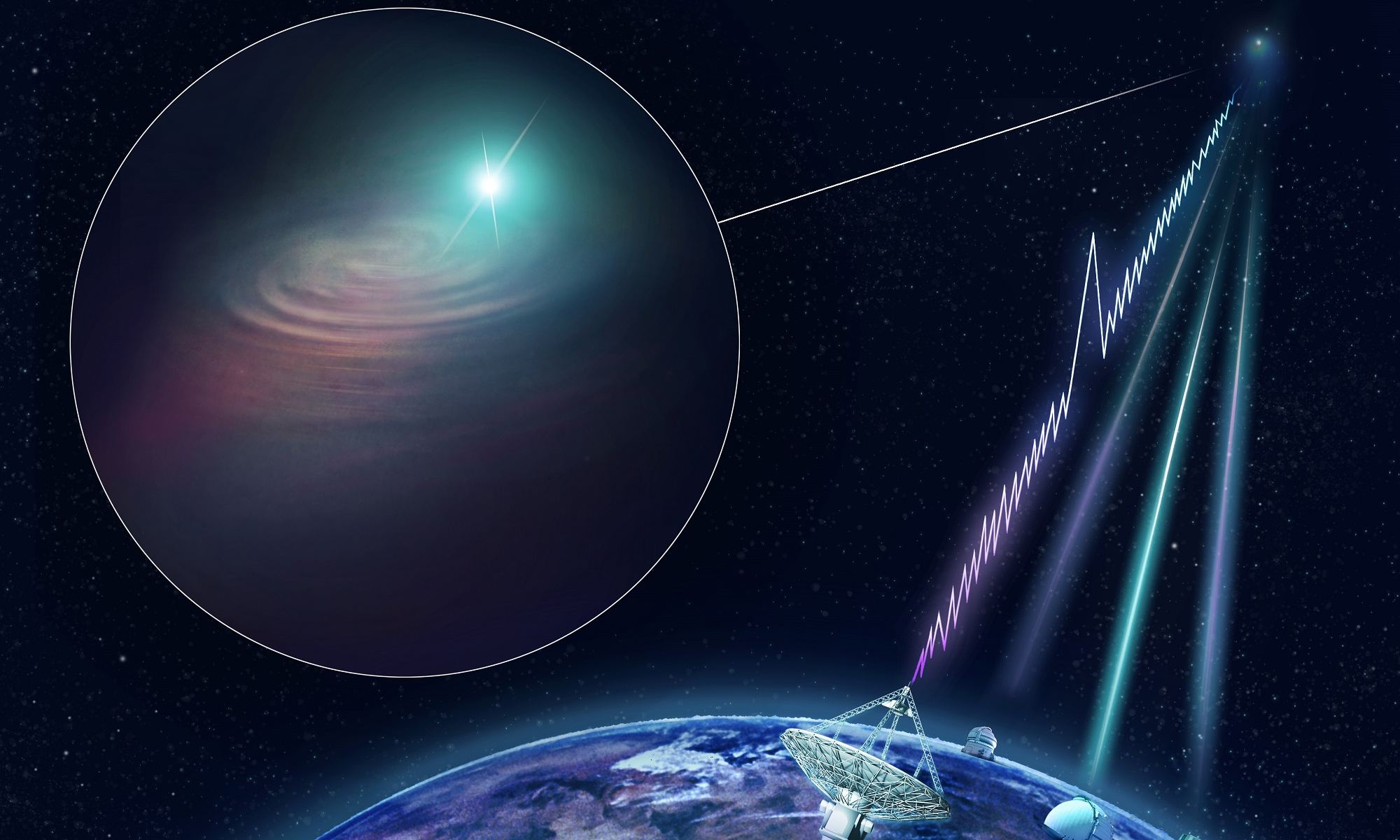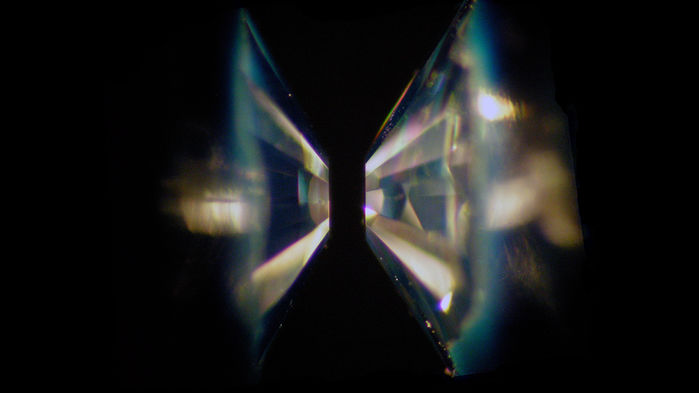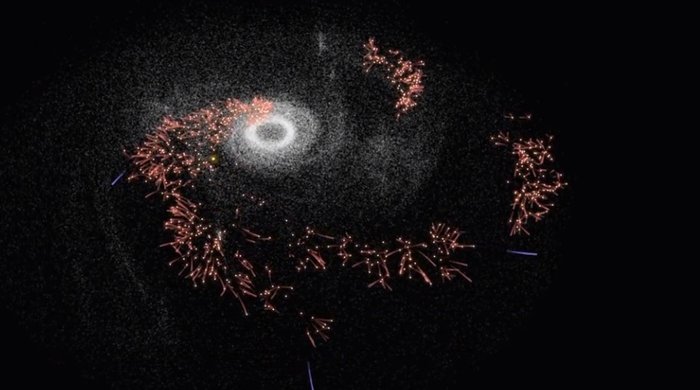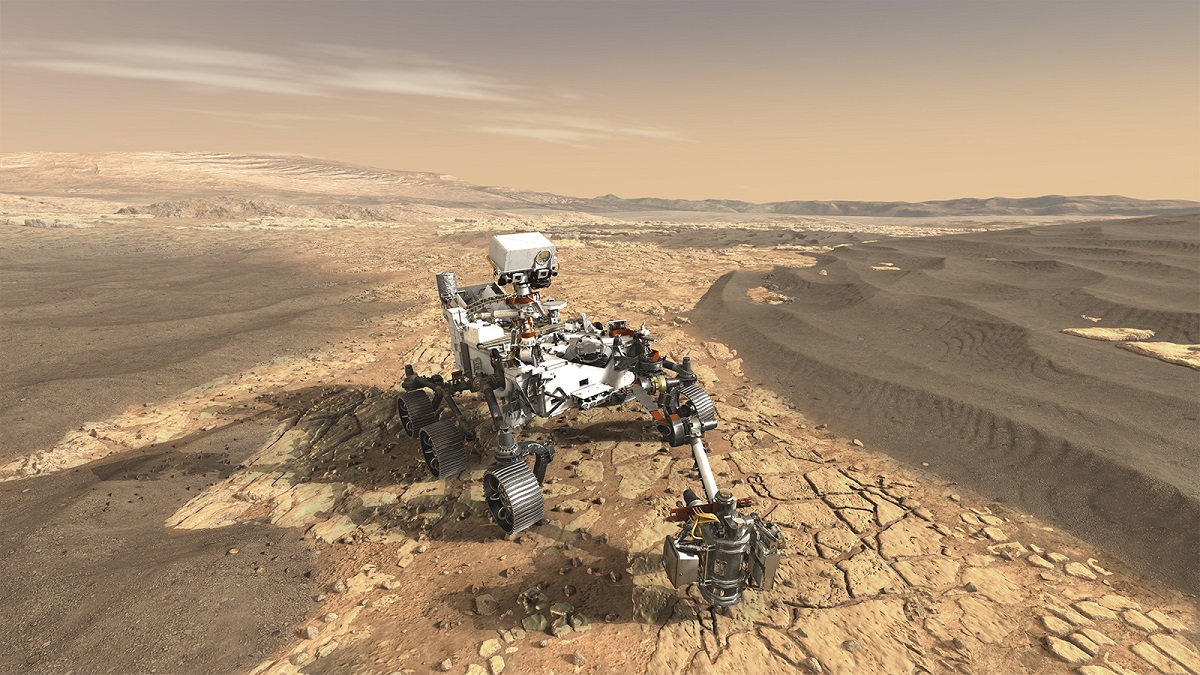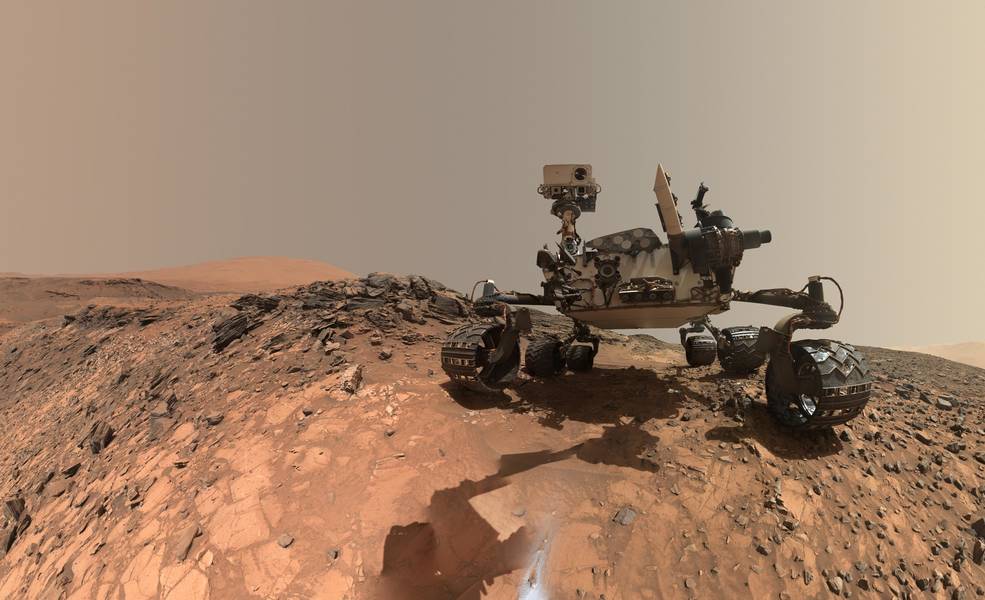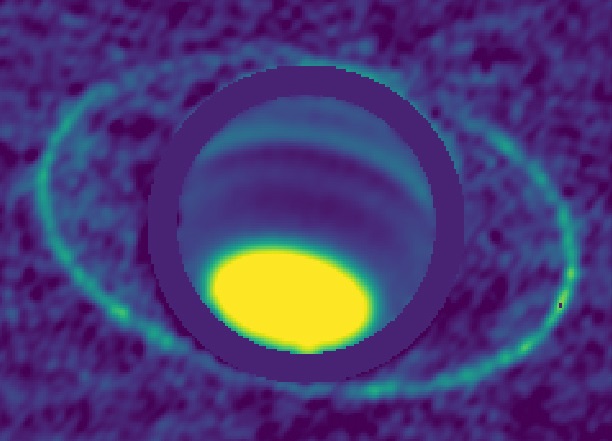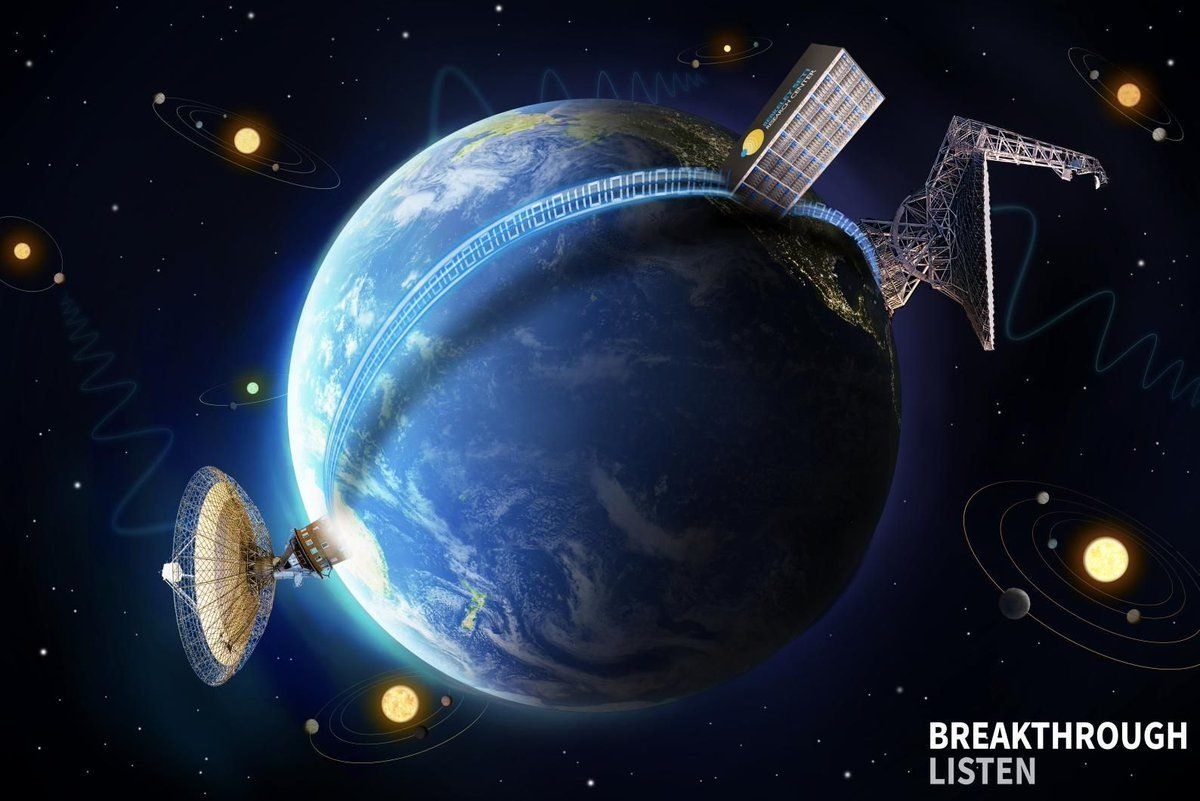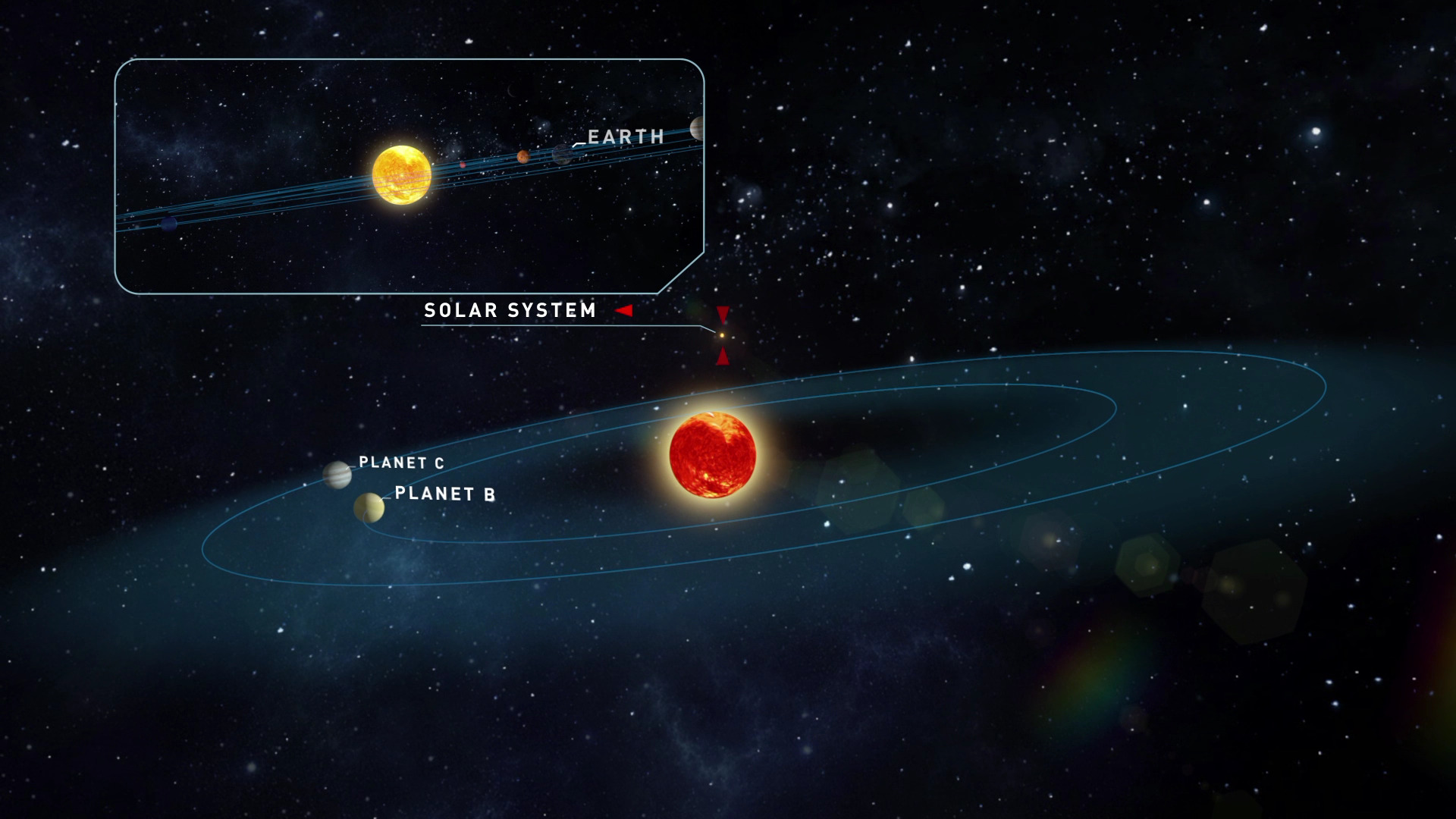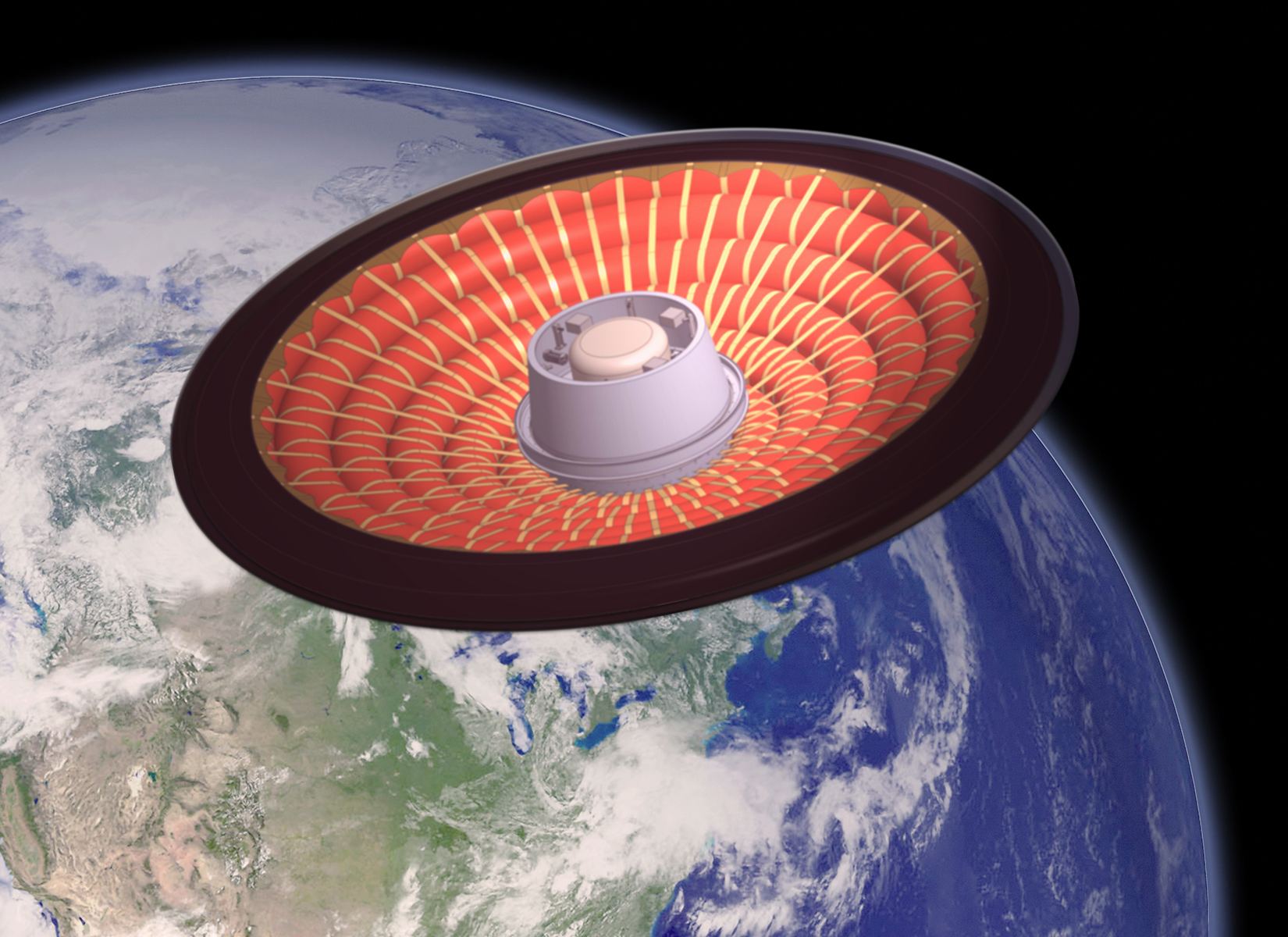Fast-Radio Bursts (FRBs) are one of the most puzzling phenomena facing astronomers today. Essentially, FRBs are brief radio emissions from distant astronomical sources whose cause remains unknown. In some cases, FRBs that have been detected that have been repeating, but most have been one-off events. And while repeating sources have been tracked back to their point of origin, no single events have ever been localized.
Until now. Using the Australian Square Kilometer Array Pathfinder (ASKAP) and other radio telescopes from around the world, an Australian-led team of astronomers managed to confirm the distance to an intense radio burst that flashed for just a thousandth of a second. The constitutes the first non-repeating FRB to be traced back to its source, which in this case was a galaxy located 4 billion light-years away.
Continue reading “A Fast Radio Burst has Finally Been Traced Back to its Source: the Outskirts of a Galaxy 4 Billion Light-Years Away”
